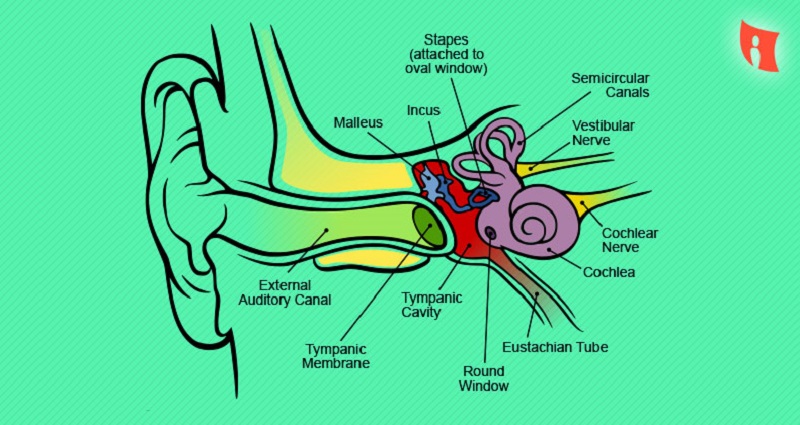
Knowing the appropriate ways of drawing a biological diagram can really improve a student’s overall performance in the subject.
We have honestly seen many students performing well in the descriptive and the experimental parts of biology (things involving definitions, descriptions, and experiments), but as soon as biological diagrams crop up in their examinations or homework, they develop a tendency to struggle.
If you want to improve your grades in biology, you must know the technically-feasible rules of drawing a biological diagram. The following rules can come in handy for you.
1. Improvisation is a big no-no
You can’t use your creative brain to draw biological diagrams on your answer sheet. Remember, improvisation isn’t accepted in biological drawings; so try to keep it at bay at all possible costs, especially when you are involved in drawing the diagram of a human brain or a human heart.
You should draw what you see, NOT what you WANT to see. It might seem a bit harsh, but you should know that there’s no room for creativity in biological drawings. So try to keep it that way.
2. Pencil
Make sure you use a good quality pencil for your diagrams.
2H pencils are more advisable, but you may also use those technical drawing pencils for your biological diagrams.
Note: NEVER draw your diagrams with a pen. It’s not acceptable at any possible cost.
3. Simplicity is what’s preferable
Try to make your diagrams as simple as possible.
Remember, sketching isn’t what’s acceptable in biological diagrams. So avoid doing that at all cost. Draw using clear-cut lines; that’s it.
4. Drawings should be done on an unlined sheet
Biological drawings must be done on unlined sheets for more authenticity. This rule should be followed particularly when you are drawing a diagram for your biology lab copy.
You would notice that a lab copy usually has unlined pages on your left and lined pages on your right. Draw your diagrams only on the unlined pages, in particular. A simple practice like that can go a long way indeed.
5. Biological drawings should be conspicuous for easier comprehensibility
Avoid crowding parts of the diagram. Things like that can make you lose marks before you can even realize it.
A biological drawing must bear all relevant parts that are conspicuous enough to the human eye. It should also be large enough to present all intricate details of the diagram to the observer.
6. Labeling and positioning
It is more advisable to keep your diagram to the left-hand side of your page. You should use the right-hand side for labeling purposes.
Remember, proper positioning of the diagram can make it look aesthetically pleasing to the eye. So if you want to create a good impression on the observer, this should be your way to go.
Source: youtube.com
As far as labeling is concerned, follow the following rules as closely as possible for more efficiency:
Labeling should be done in a column at the right-hand side of your page. Try to maintain an alignment to the best of your abilities.
Always use a scale for drawing the lines used for labeling purposes, and it’s more advisable to keep those lines parallel to one another.
The lettering used for labeling should be kept in a horizontal alignment. Try to avoid vertical lettering unless you are specifically instructed or constrained to do so.
Keep your lettering neat and intelligible such that the observer can understand it in a jiffy. For easier comprehensibility, it’s more advisable to use block letters for lettering purposes (this isn’t mandatory unless it’s specifically instructed in the question paper).
A few more worthy mentions…
All biological drawings should be titled.
Shading specific areas of a diagram might look aesthetic to the eye, but this practice is not acceptable in biology. Hence, the advice is to AVOID at all cost.
Try to draw the diagram on a single stroke of the pencil. Multiple strokes need to be avoided at all possible costs.
Labeling intersections aren’t tolerated in biological diagrams. AVOID.
So that’s it then. Just follow the rules as closely as possible while doing your biological diagrams, and you’ll see your performance improve in no time. We wish you the very best of luck with your endeavor. Cheerio!